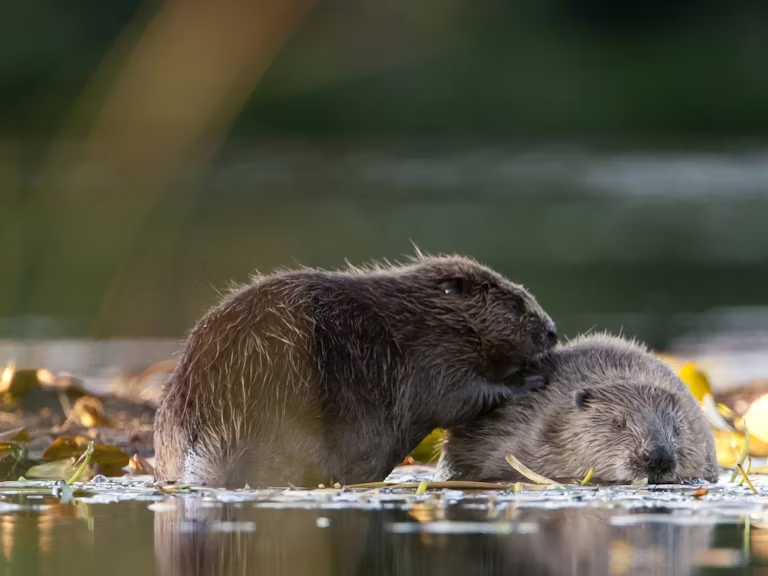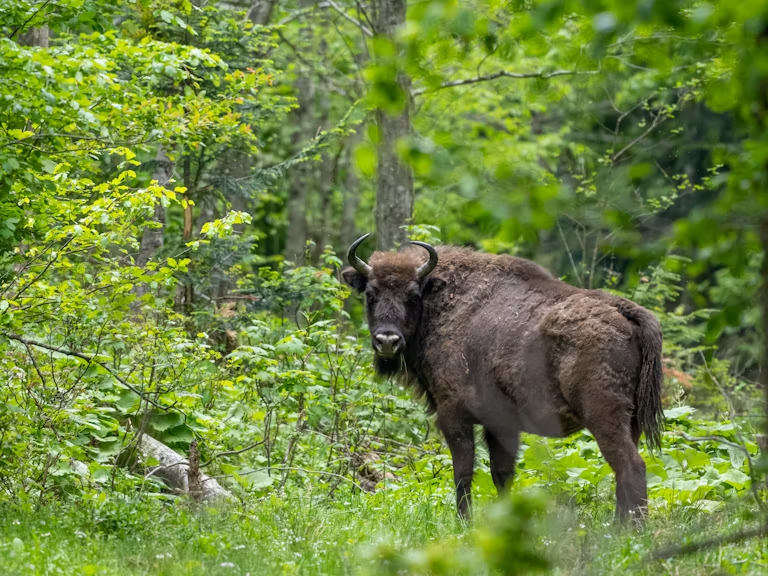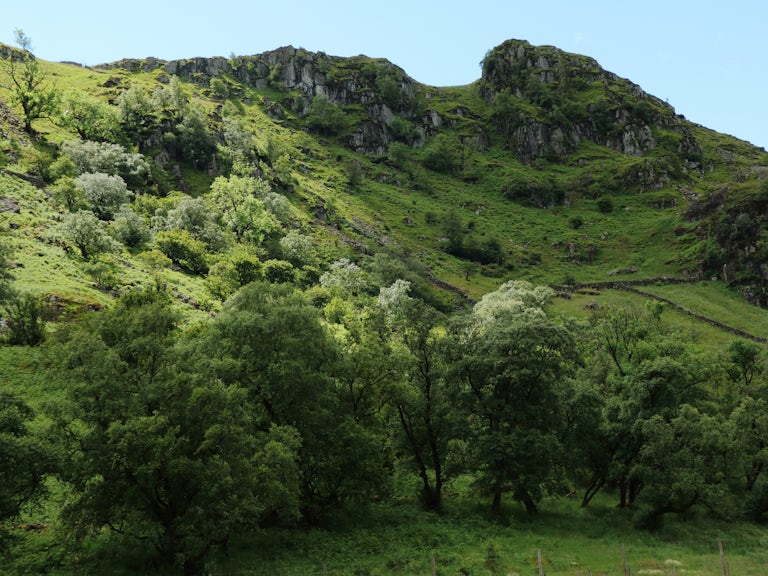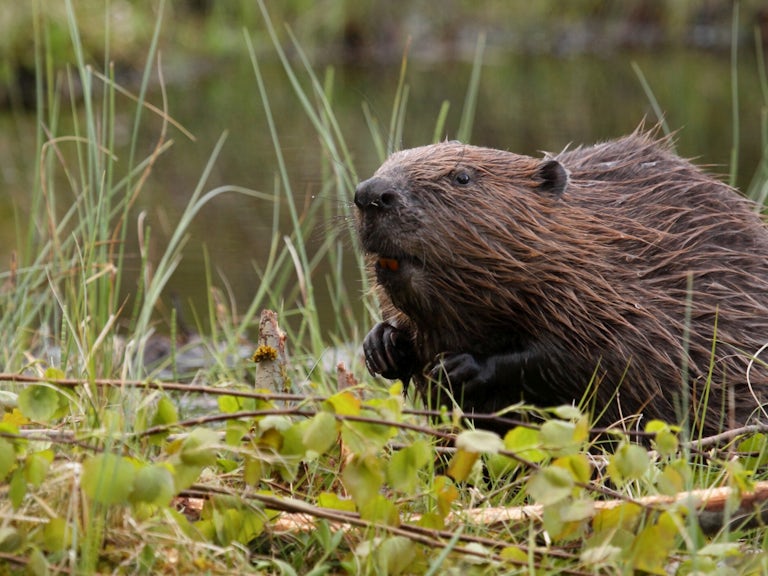Report: Adapting to climate heating
How rewilding in the UK can save wildlife from climate-driven habitat loss.
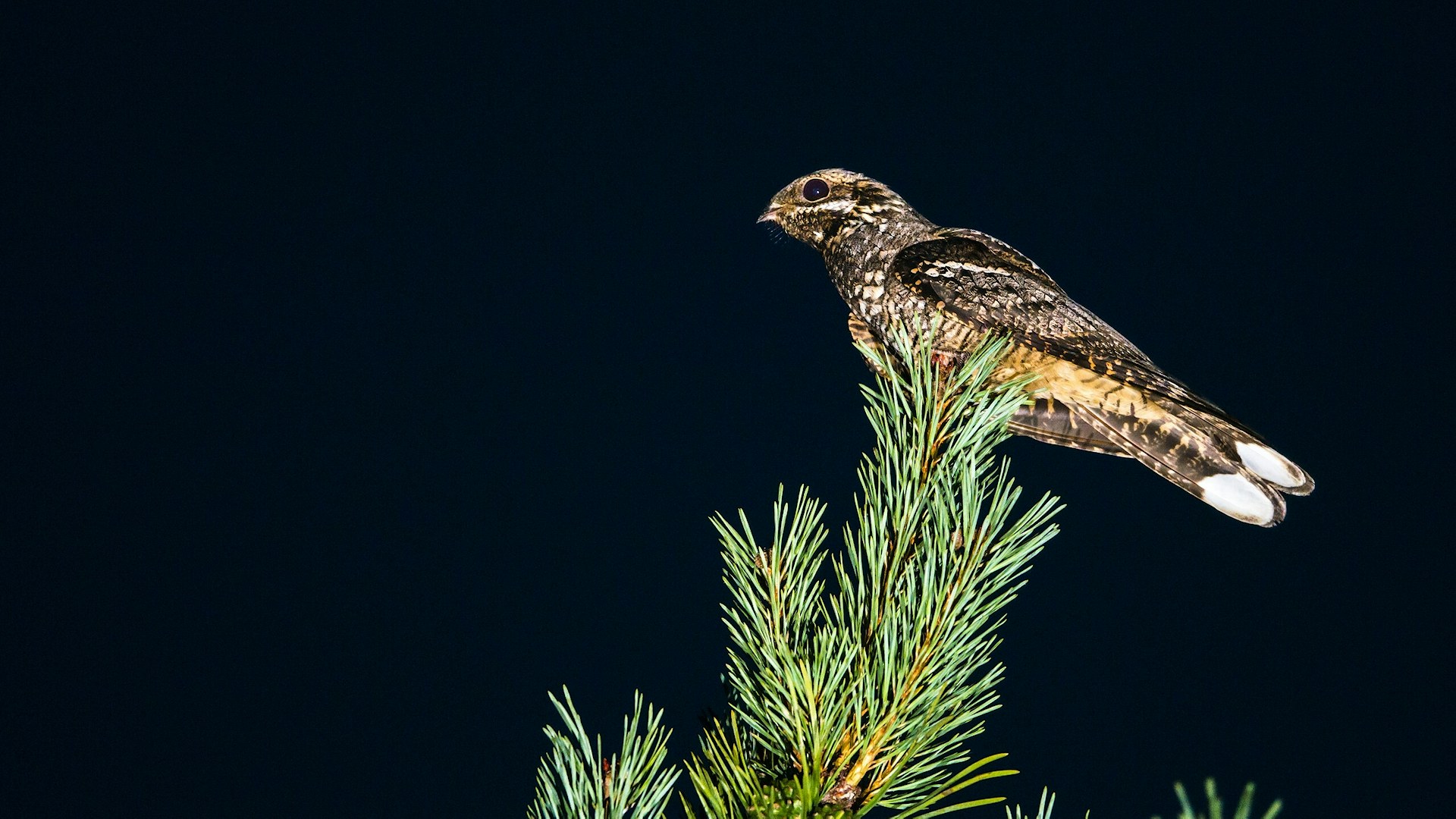
Shifting climate zones
Britain’s climate zones are moving northwards by up to five kilometres a year due to climate heating.
This shift — hundreds of times faster than the natural climate warming at the end of the last ice age – is set to outpace many species’ ability to adapt and adjust their ranges. For Britain’s wildlife this could be catastrophic.
Our report outlines how rewilding, by supporting the dynamic movement and re-establishment of ecological communities, can play a major role in climate adaptation. It proposes that, by restoring and connecting species-rich habitats across at least 30% of Britain’s land and sea by 2030, we can help save a fifth of species from climate-driven habitat loss, decline or extinction. By doing so we can ensure that Britain is once again teeming with wildlife.
To achieve this we must see the establishment of much expanded rewilding areas where natural processes are allowed to govern and shape the land and seascapes. These should be embedded within a wider nature-friendly mosaic of land and marine uses that enhance nature’s restoration. The recovery of nature at scale on its own terms will help build resilience to the dramatic changes ahead.
We are calling for:
1. Creation of core rewilding areas
First, the creation of core rewilding areas across at least 5% of Britain to enhance and urgently expand the scale and ecological integrity of our marine and terrestrial protected areas and reserves. These areas should focus on restoring and reinstating as wide a range of natural processes, habitats and related species as possible.
2. Establishment of natural dispersal corridors
Second, the establishment of ‘natural dispersal corridors’ across at least 25% of Britain that embed core rewilding areas within broader mosaics of nature-friendly land and marine uses which enhance nature’s recovery. These corridors should substantially expand habitat quality and connectivity in a way that allows species to disperse and migrate as climate zones move.
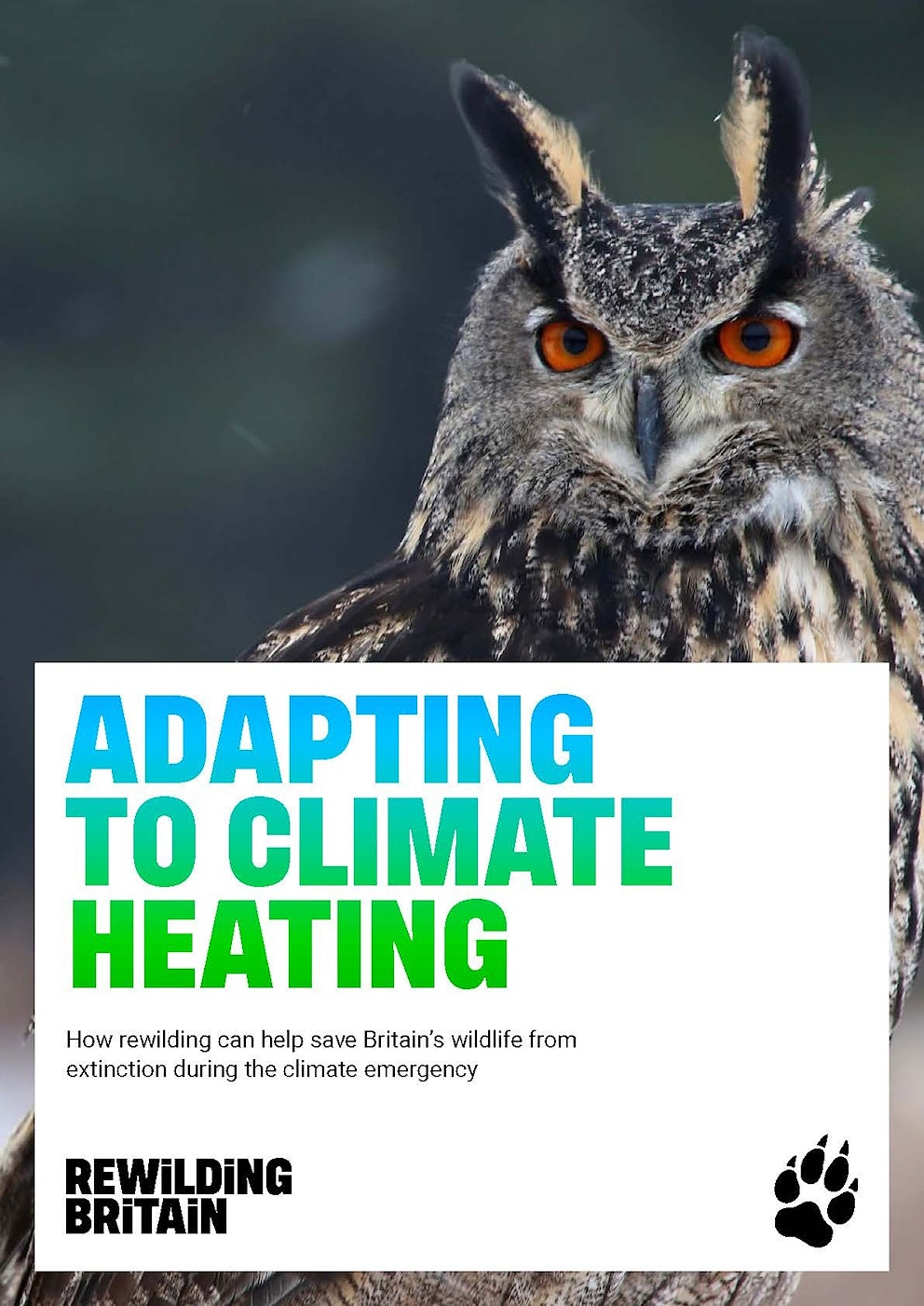
Saving British wildlife during the climate emergency
Download pdf